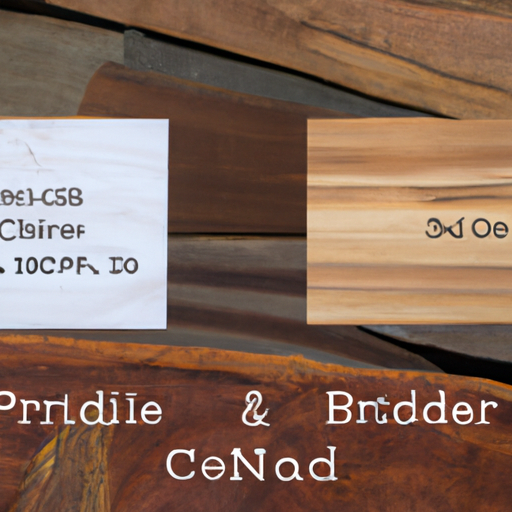Is Ipe More Expensive Than Cedar? Discover the Cost Comparison!
When it comes to choosing the right type of wood for your outdoor projects, cost is often a significant factor to consider. Two popular options for decking and outdoor structures are ipe and cedar. Both offer durability and natural beauty, but which one is more expensive? Let’s dive into the cost comparison between ipe and cedar to help you make an informed decision.
The Cost of Ipe
Ipe, also known as Brazilian Walnut, is a dense and durable hardwood that is highly sought after for its exceptional strength and resistance to rot, decay, and insects. The high demand for ipe contributes to its relatively higher price compared to other wood options.
On average, the cost of ipe can range from $8 to $12 per linear foot, depending on the quality, grade, and supplier. Keep in mind that prices may vary based on your location and availability. Additionally, the cost of installation and maintenance should be considered when calculating the overall expenses of using ipe for your outdoor project.
The Cost of Cedar
Cedar, on the other hand, is a softwood known for its natural beauty, pleasant aroma, and resistance to decay and insects. It is a popular choice for outdoor projects due to its affordability and versatility.
The cost of cedar is generally lower compared to ipe, with an average price range of $4 to $8 per linear foot. Again, prices may vary depending on factors such as grade, quality, and supplier. Cedar is widely available, making it a cost-effective option for those on a tighter budget.
Factors Affecting the Cost
Several factors can influence the cost of both ipe and cedar. These include:
1. Grade and Quality: Higher-grade wood will generally come at a higher price. Premium-grade ipe or cedar will have fewer defects and a more uniform appearance.
2. Supplier and Location: Prices can vary depending on the supplier and your geographical location. It’s essential to research and compare prices from different sources to find the best deal.
3. Installation and Maintenance: Consider the cost of installation, including labor and additional materials. Additionally, factor in the long-term maintenance requirements and expenses for each type of wood.
Conclusion
In conclusion, ipe tends to be more expensive than cedar due to its exceptional durability and high demand. While ipe offers unmatched strength and longevity, it comes at a higher price point. On the other hand, cedar provides a more affordable option without compromising on beauty and resistance to decay.
When deciding between ipe and cedar, consider your budget, project requirements, and long-term goals. If cost is a significant factor, cedar may be the more suitable choice. However, if you prioritize durability and are willing to invest in a premium material, ipe could be the ideal option.
Remember to weigh the pros and cons of each wood type, consult with professionals, and gather multiple quotes to make an informed decision that aligns with your needs and budget.




